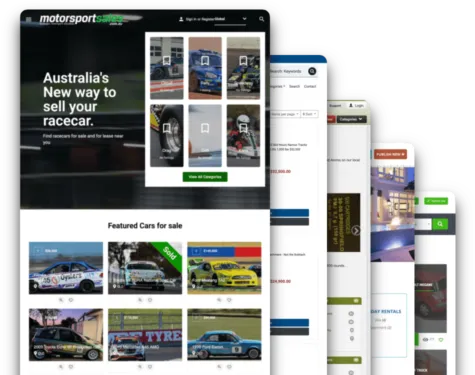Hi friends!
Today we are going to talk about dominating mobile trends in 2019.
Let’s begin with Artificial Intelligence ( AI ) and Virtual Assistants
All of these are examples of AI. You might have some of them installed on your device, right now.
- Alexa
- Siri
- Cortana
- Google Assistant
For example, I use Cortana on my laptop, and to be fair - it is very helpful.
Maybe you are using another one on your mobile device or computer. Nowadays, mobile apps are using software such as voice recognition to encourage hands-free use and improve the user's experience. This software is helping the market to get familiar with its users and with their needs and that is why we have to consider the fact that we are bound with those types of software.
AI-powered virtual assistants use natural language to provide smart and reasonable replies to customers’ requests. When it comes to SEO searches, using a virtual assistant requires marketers to reconsider their keyword strategy and approach. For instance, if you are in Budapest and you are looking for a bakery nearby, you are likely to type “ bakeries in Budapest “. However, if you are using a virtual assistant, like Alexa, you will probably ask, “ Find a bakery near me” or “ Where can I find a good bakery near me?”. This approach should be taken into consideration when marketers think about what customers might ask Alexa or Siri and use these keywords.
Location-Based Technology
It’s common knowledge that our mobiles can track our location and they are doing it. Of course, you have to give your permission for that. Every time you install a new app, this app requires permission to track your location.
If you haven’t already noticed, apps share your data with third parties. This is since in this way they increase their marketing campaigns.
So, it all comes down to marketing strategies. For instance, let’s say you own a coffee shop and you have a mobile app. If an app user walks within a few miles of your location, they’ll get a notification about your specials.
At the moment, there are three main methods for marketers to apply location-based marketing strategies:
- Geotargeting
- Geofences
- Beacons
Geotargeting
Geotargeting comes down to researching people based on their IP address. The process involves finding a customer’s location and serving them communications based on where they are. Those communications might be advertisements, emails, or geo-targeted push notifications. It’s difficult for marketers to target particular locations, so geotargeting is often used for broad locations. For instance, when you receive a Facebook ad for a pet shop down the street, and not a pet shop in Havana (unless you live in Havana ), that’s because Facebook’s ad servers already know your location and the whereabouts of advertising business service.
Geofences
A Geofence is a radial region around a particular location. It mainly uses GPS technology. Usually, after a device goes into (or out of) the area determined by this fence, the user will receive a notification, for example, a push notification. This happens because a trigger has been sent. A brand can trigger a marketing message or a push notification. This type of location-based marketing strategy is very useful for apps that direct foot traffic to brick-and-mortar stores like the local grocery store.
Beacons
A Beacon is a little object that receives location data from a nearby cell phone via Bluetooth. It can be placed in any desired location. The beacon itself doesn’t send content. When a customer’s mobile gets the signal, a location-based message is triggered. It can be used almost in every store, but the downside is that the customer must turn on their Bluetooth signal to get the notification. If you are using a Beacon device outside it might be challenging to place it.
Beacon trends in 2019:
- Mobile payments beacons
- Automated machine learning beacons
PWA - Progressive Web Apps
PWA is a progressive mobile app. These apps don’t need to be installed on your device and because of that, they save up on storage space. PWA can run directly from your browser, furthermore, once you installed it on the home screen, it doesn’t need an internet connection.
For example, Starbucks built a PWA of the ordering system on the web, which delivers a similar experience to their existing app. Simply put, Starbucks PWA allows customers to browse the menu, customize orders, and add items to their carts – all without requiring internet access.
The PWA is 99.84% smaller than Starbuck’s already functioning iOS app, making the web app a preferred among its users.
Cloud
There is no doubt that the Cloud has been a game-changer. Firstly by reducing hosting costs, improving loading capacity, and streamlined business operations. And this was just the beginning. Many safety issues have been fixed with the help of the Cloud. Don’t forget about its huge impact on app development.
Nowadays, thanks to Cloud technology it is possible to create apps directly on the Cloud. When it comes to Cloud mobile trends, expect the unexpected.

